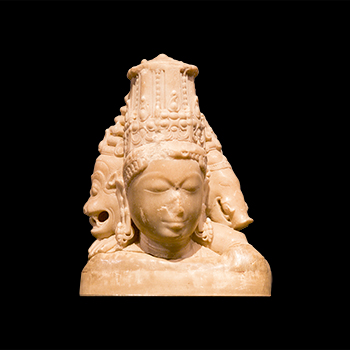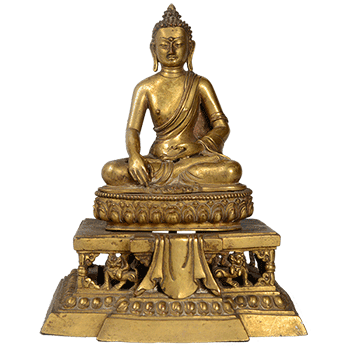The sculpture is historically significant in two aspects – development in religion and art. The worship of mother goddess in India is very ancient with evidence coming from the Indus Valley civilization (3500-1500 BC). The tenets of worship of female energy or Shakti having being established, its outward manifestation in the form of idols and sculpture was a natural corollary. The iconographic features of Durga became common throughout India by about the 4th century AD.

























